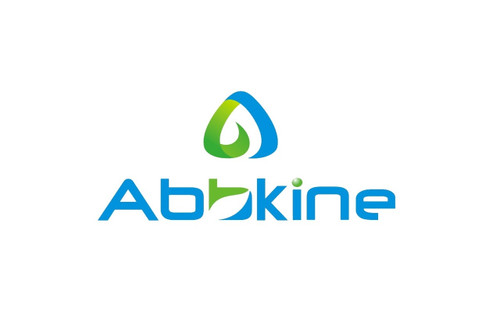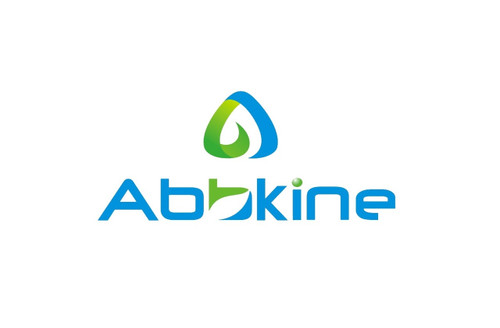Product Description
Human S-adenosylmethionine synthase isoform type-1 (MAT1A) ELISA Kit | KTE61715 | Abbkine
Application: This Human S-adenosylmethionine synthase isoform type-1 (MAT1A) ELISA Kit employs a two-site sandwich ELISA to quantitate MAT1A in samples. An antibody specific for MAT1A has been pre-coated onto a microplate. Standards and samples are pipetted into the wells and anyMAT1A present is bound by the immobilized antibody. After removing any unbound substances, a biotin-conjugated antibody specific for MAT1A is added to the wells. After washing, Streptavidin conjugated Horseradish Peroxidase (HRP) is added to the wells. Following a wash to remove any unbound avidin-enzyme reagent, a substrate solution is added to the wells and color develops in proportion to the amount of MAT1A bound in the initial step. The color development is stopped and the intensity of the color is measured.
Detection Method: Colorimetric
Conjugate: N/A
Sample Type: Cell culture supernatants#Serum#Plasma#Other biological fluids
Assay Type: Multiple steps standard sandwich ELISA assay with a working time of 3-5 hours. It depends on the experience of the operation person.
Kit Component: • Human S-adenosylmethionine synthase isoform type-1 microplate
• Human S-adenosylmethionine synthase isoform type-1 standard
• Human S-adenosylmethionine synthase isoform type-1 detect antibody
• Streptavidin-HRP
• Standard diluent
• Assay buffer
• HRP substrate
• Stop solution
• Wash buffer
• Plate covers
Features & Benefits: Human S-adenosylmethionine synthase isoform type-1 (MAT1A) ELISA Kit has high sensitivity and excellent specificity for detection of Human MAT1A. No significant cross-reactivity or interference between Human MAT1A and analogues was observed.
Calibration Range: Please inquire
Limit Of Detection: Please inquire
Usage Note: • Do not mix components from different kit lots or use reagents beyond the kit expiration date.
• Allow all reagents to warm to room temperature for at least 30 minutes before opening.
• Pre-rinse the pipet tip with reagent, use fresh pipet tips for each sample, standard and reagent to avoid contamination.
• Unused wells must be kept desiccated at 4 °C in the sealed bag provided.
• Mix Thoroughly is very important for the result. It is recommended using low frequency oscillator or slight hand shaking every 10 minutes.
• It is recommended that all samples and standards be assayed in duplicate or triplicate.
Storage Instruction: The unopened kit should be stored at 2 - 8°C. After opening, please store refer to protocols.
Shipping: Gel pack with blue ice.
Precaution The product listed herein is for research use only and is not intended for use in human or clinical diagnosis. Suggested applications of our products are not recommendations to use our products in violation of any patent or as a license. We cannot be responsible for patent infringements or other violations that may occur with the use of this product.
Background: MAT1a catalyzes a two-step reaction that involves the transfer of the adenosyl moiety of ATP to methionine to form S-adenosylmethionine and tripolyphosphate, which is subsequently cleaved to PPi and Pi. S-adenosylmethionine is the source of methyl groups for most biological methylations. The encoded protein is found as a homotetramer (MAT I) or a homodimer (MAT III) whereas a third form, MAT II (gamma), is encoded by the MAT2A gene. Mutations in this gene are associated with methionine adenosyltransferase deficiency.The peptide maps of the 2 forms were possibly identical, although they showed different specific activities at physiologic concentrations of methionine. The findings suggested that the 2 isoforms are encoded by the same gene.
Alternative Names: MAT1A; RP11-36D19.2; MAT; MATA1; SAMS; SAMS1; S-adenosylmethionine synthetase
Search name: MAT1A; RP11-36D19.2; MAT; MATA1; SAMS; SAMS1; S-adenosylmethionine synthetase
Tag: MAT1A
 Euro
Euro
 USD
USD
 British Pound
British Pound
 NULL
NULL












